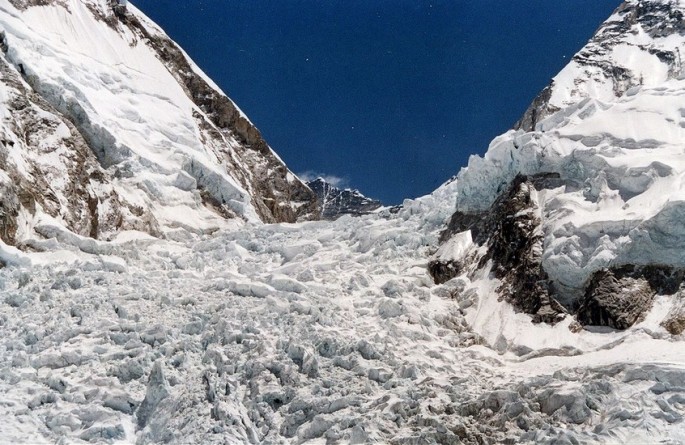Scientists warn that towards the end of this century, the landscape around the Mount Everest region may not appear the same anymore as climate change and global warming continues to affect the planet, more specifically, the glaciers in Nepal that can one day disappear.
According to glacier hydrologist and lead author of the study, Joseph Shea from the International Center for Integrated Mountain Development in Nepal, it is highly unexpected to see these glaciers get reduced at a huge scale. These numbers are really frightening, he adds.
Shea and his team discovered that even moderate reductions of greenhouse gas emissions can still produce a 70 percent glacier loss around the Mount Everest region while regular carbon emissions that remain the same amount can still result to a 99 percent loss.
With the help of computer generated models for glacier melts, these new findings were brought about by glacier accumulation and redistribution. Data from temperature to precipitation levels and field measurements from remote sensing observations from over 50 years in the Dudh Koshi basin where Mount Everest is located along with other high peaks around the planet were utilized for this new study as well.
The model measured how much mass the glaciers accumulate from snowfall and where they are redistributed down the region. This model is also used for eight future climate scenarios where it compared results from moderate emissions to zero carbon emissions.
However, for the glaciers around Mount Everest, the results were unfavorable since even if emissions were reduced and rainfall amount in the region increases significantly, the model still predicts that majority of the glaciers will disappear by the year 2100.
These new findings may mean that the region will be now clear from glaciers, making it safe for travellers and mountaineers but for local Nepalese, the mountains are still crucial for their culture and economy.
However, Shea says that this model simulation may be filled with irregularities and predictions can never be always exact from computers.
This study is published in the journal The Cryosphere.



























